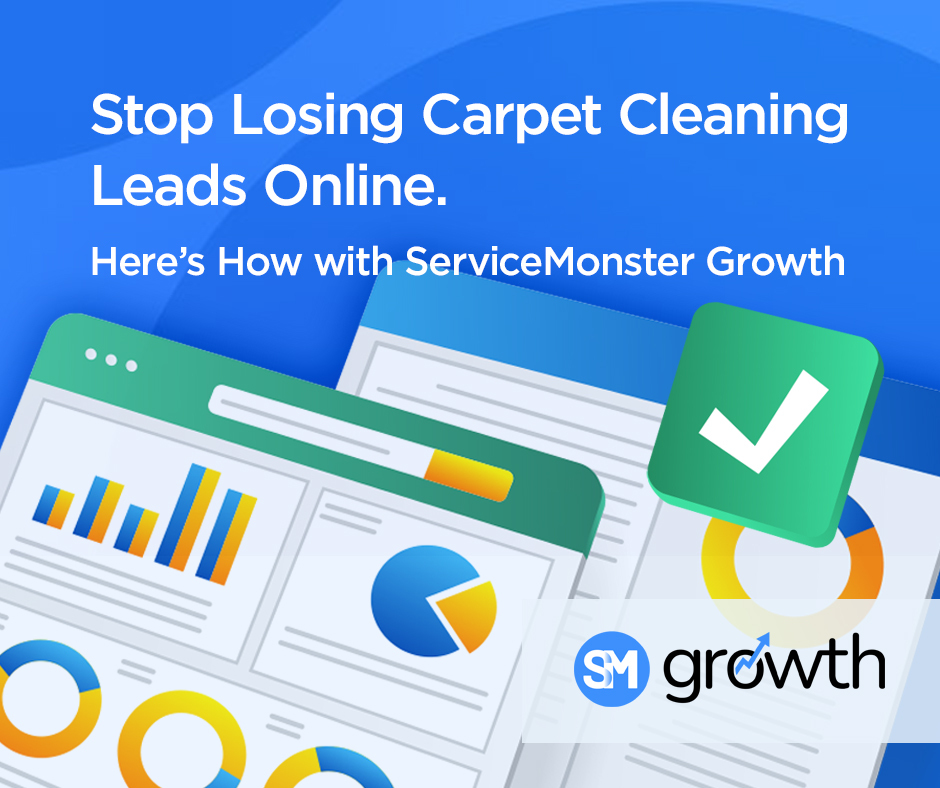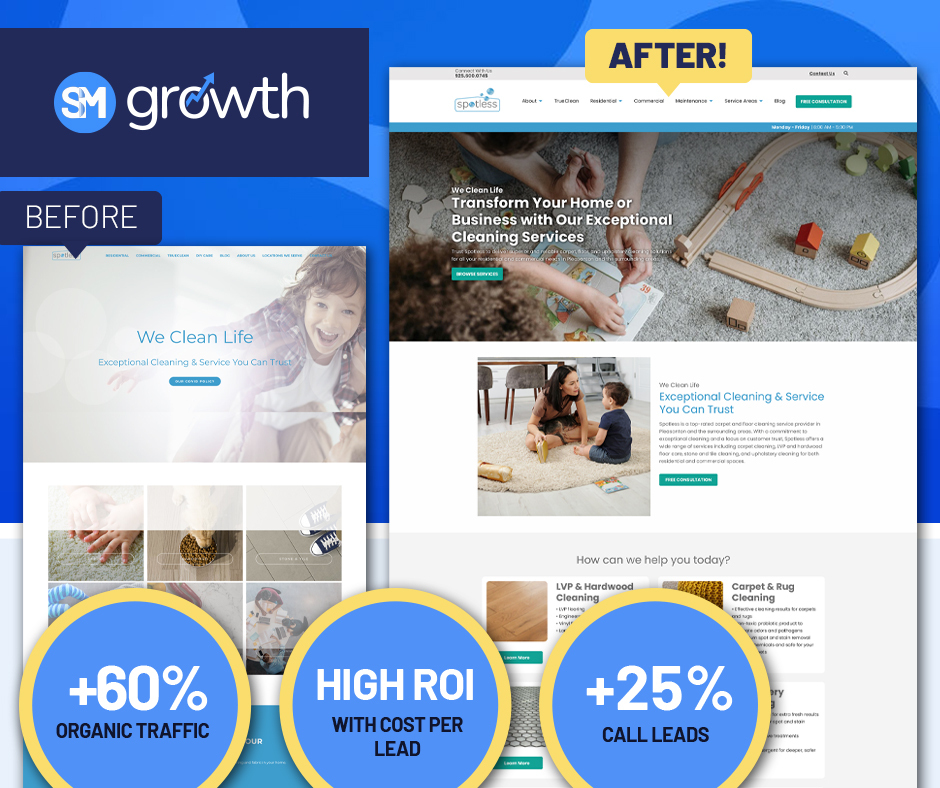How to Prospect Effectively: 9 Proven Strategies to Win More Service Business
Learn effective prospecting strategies for your business, including leveraging referrals, targeting neighbors, community involvement, social media engagement, and customer retention.


.svg)
Prospecting is the lifeblood of any successful service business. Whether you're just getting started or looking to scale, knowing how to prospect effectively can mean the difference between a full schedule and empty calendars. It is not just about making calls or sending emails. Effective prospecting is about building trust, providing value, and connecting with the right customers at the right time. In this guide, we will break down nine high-impact prospecting strategies you can use to grow your client base and fill your pipeline with qualified leads.
.jpeg)
1. Know Your Ideal Customer Profile
Before you start reaching out, you need to understand who you are trying to reach. The more clearly you define your ideal customer, the more targeted and effective your prospecting will be. Consider factors like location, service needs, property type, and budget.
For service businesses, it helps to look at your best current customers. What do they have in common? Are they homeowners, property managers, or small business owners? Once you identify these common traits, you can build your outreach around prospects who fit the same profile.
Understanding your ideal customer also shapes how you communicate. For example, a homeowner looking for routine carpet cleaning may need different messaging than a real estate agent managing move-out cleanings. Tailoring your approach makes your outreach more personal and more likely to convert.
2. Create a Target List
Once you’ve identified your ideal customer, the next step is to build a targeted list of prospects. Start by leveraging your existing customer data: who have you served before, and who could benefit from a similar service? Look for commonalities in property type, neighborhood, or service history.
You can also use tools like local business directories, social media, and real estate platforms to find new potential clients. For B2B services, LinkedIn and Google Business Profiles are great resources to find and verify decision-makers.
The more accurate and relevant your list, the higher your chances of converting prospects into paying customers. A targeted list keeps your outreach focused, making your time and marketing budget go further.
3. Craft a Sales Prospecting Process That Works
A clear sales prospecting process helps you move leads from cold contact to paying customer with consistency and scale. Start by defining stages like lead qualification, outreach, nurturing, and conversion. Use qualifying questions to determine if a prospect is a good fit before investing time in outreach. Build scripts or email templates that can be personalized to each prospect’s needs.
Track every touchpoint (calls, emails, and messages) using a CRM like ServiceMonster. This ensures no leads fall through the cracks and lets you evaluate which messages and channels are most effective at pushing prospects toward a decision.

4. Maximize Results with Inbound Prospecting Tactics
Inbound prospecting is about drawing interest through valuable content instead of cold outreach. Create blog posts, checklists, FAQs, or video tutorials that address common pain points or questions. Include download forms or “book now” buttons within this content to capture leads.
With ServiceMonster’s Marketing Campaign tool, automate nurturing sequences that deliver targeted follow-up messages based on actions like form submissions or email opens. This builds trust, improves conversion rates, and ensures every lead gets the right message at the right time.
5. Leverage Outbound Prospecting Strategies
Outbound prospecting still plays an essential role—even in a digital-first market. Use cold calling, door knocking, or targeted emails to introduce your business directly to prospects based on your ideal-customer profile.
Personalization matters more than volume. A tailored message about how you can solve a specific problem, like restoring curb appeal before a home sale, often performs better than generic outreach. Log responses in ServiceMonster to optimize messaging and timing for future campaigns.
6. Utilize Automation Tools to Streamline Outreach
Using automation can lift repetitive tasks off your plate and keep your lead generation process flowing smoothly. With ServiceMonster’s CRM you can automate drip campaigns, appointment reminders, and lead follow-ups.
Set your system up so that any new prospect added to your database receives a welcome email, a helpful checklist, and a follow-up reminder—all sent without you lifting a finger. This kind of automation saves time, ensures consistency, and scales without increasing your workload.
7. Implement Effective Follow-Up Practices
Effective follow-up is the backbone of any sales prospecting process. Studies show most conversions happen after the third touch, so persistence matters. Define clear follow-up touchpoints—follow-up email 3 days after first outreach, another call a week later, etc.
Use ServiceMonster to schedule automated reminders and personalized content based on prospect behavior. If a prospect has opened your last email twice, for example, that might be the perfect time to follow up with a case study or special offer.
8. Measure and Refine Your Prospecting Strategies
Always track the performance of your prospecting methods. Monitor metrics such as response rates, conversion percentages, lead velocity, and customer acquisition costs. This insight reveals which messages, channels, and timing work best.
Use ServiceMonster’s reporting tools to identify trends—for instance, which drip campaigns get the highest click-through rates or which outreach methods lead to booked jobs. Regularly review this data and test new messaging or targeting approaches based on insights.

9. Combine Practices and Strategies for Long-Term Success
To prospect effectively you need a balanced mix of inbound and outbound prospecting, a structured sales prospecting process, smart automation, and ongoing optimization.
- Use inbound tactics to nurture high-potential leads
- Apply outbound efforts to expand your reach
- Automate tasks to stay efficient
- Follow up relentlessly to boost conversions
- Measure results and evolve based on data
By combining these practices and strategies with ServiceMonster’s tools for CRM, marketing campaigns, scheduling, and reporting, you build a scalable system that drives continued lead growth and business expansion.
Frequently Asked Questions
What is the most important part of the sales process for service businesses?
The most critical part of the sales process is consistent follow-up and relationship-building by yourself or the sales team . ServiceMonster helps by automating reminders, tracking communication history, and organizing your sales pipeline, ensuring no opportunity slips through the cracks.
How can I improve lead generation without spending a lot on ads?
You can boost lead generation through inbound methods like content marketing, referral programs, and SEO-optimized landing pages. With ServiceMonster, you can also run targeted email campaigns to nurture leads who’ve interacted with your website or past offers.
What are some effective tips for outbound sales?
Keep outbound messaging short, personalized, and focused on solving a specific pain point. Use tools like ServiceMonster’s CRM to track outreach attempts, schedule follow-ups, and identify which messages convert best.
Can social media really help with prospecting?
Yes, social media platforms are a powerful prospecting tool. Use them to showcase your work, share helpful content, and run promotions. These actions generate awareness and can drive traffic to your site or booking page.
How do I identify the best outbound sales opportunities?
Start with a clear customer profile based on your most profitable jobs. Use zip code targeting, property data, or business directories to find high-potential prospects . Then, manage and prioritize your list using ServiceMonster’s CRM to improve your success rate.
How do I measure the success of my sales process and lead generation?
You can track key indicators like repeat business, lead conversion rates, and marketing ROI. ServiceMonster dashboards make it easy to monitor performance, and you can dig deeper into repeat rate benchmarks in our article The Science Behind Your Real Repeat Rate for guidance on improving client retention.
What are the most effective practices and strategies for long-term success?
Consistency in outreach, tracking leads, and data-driven refinement are essential. Learn more about using key performance indicators to grow your service business in our post Top 8 Key Performance Indicators, which shows how to optimize efforts based on real metrics.


Recommended posts

Why Carpet Cleaners Lose Leads Online (and How to Fix It with ServiceMonster Growth)



Ultra Shine’s Organic Leads Jumped 25% Thanks to a ServiceMonster Growth Website



Spotless Sees 60% Increase in Organic Traffic After Launching ServiceMonster Growth Website





.svg)